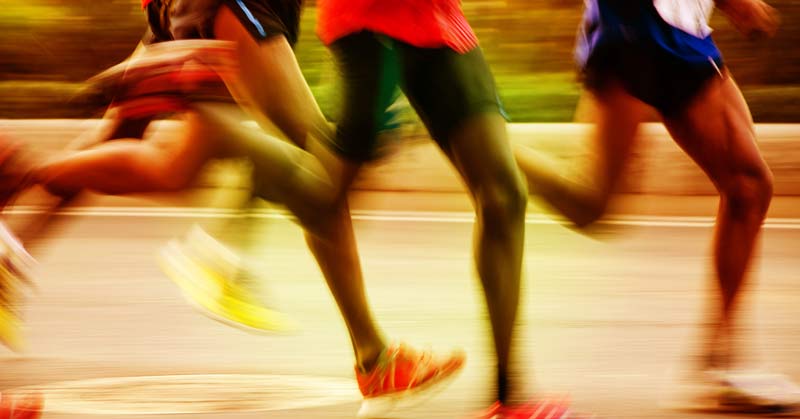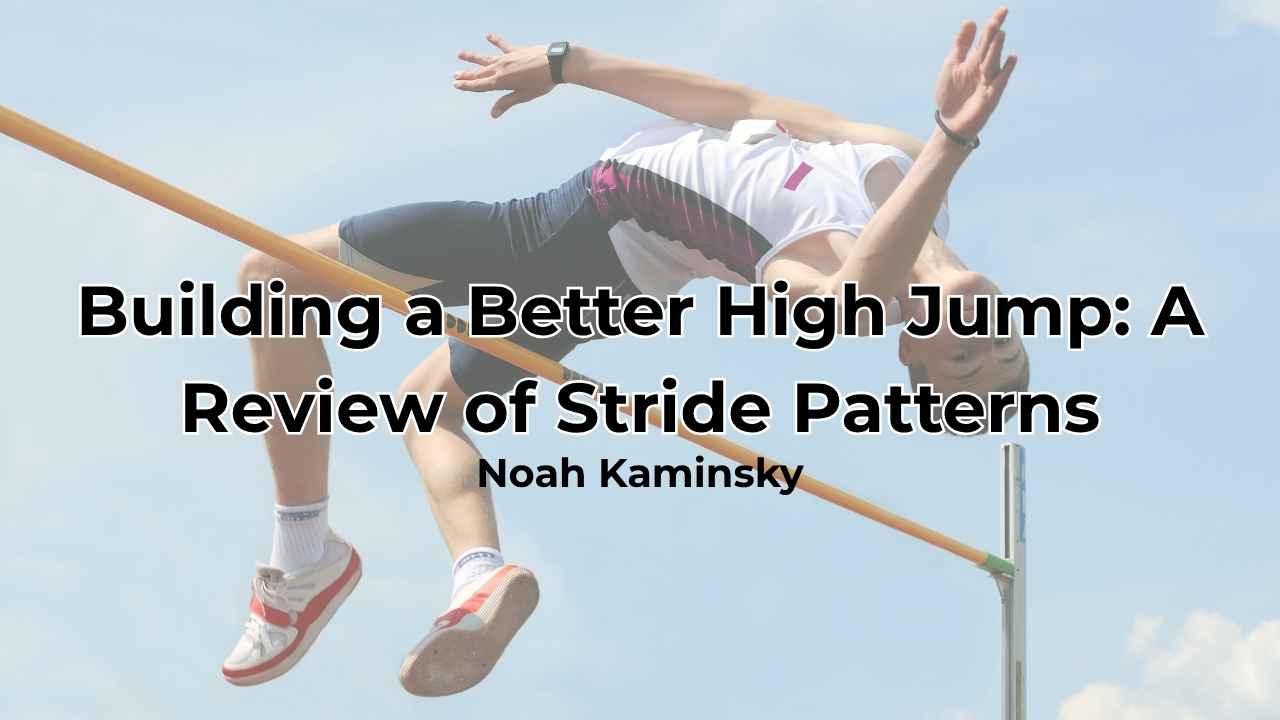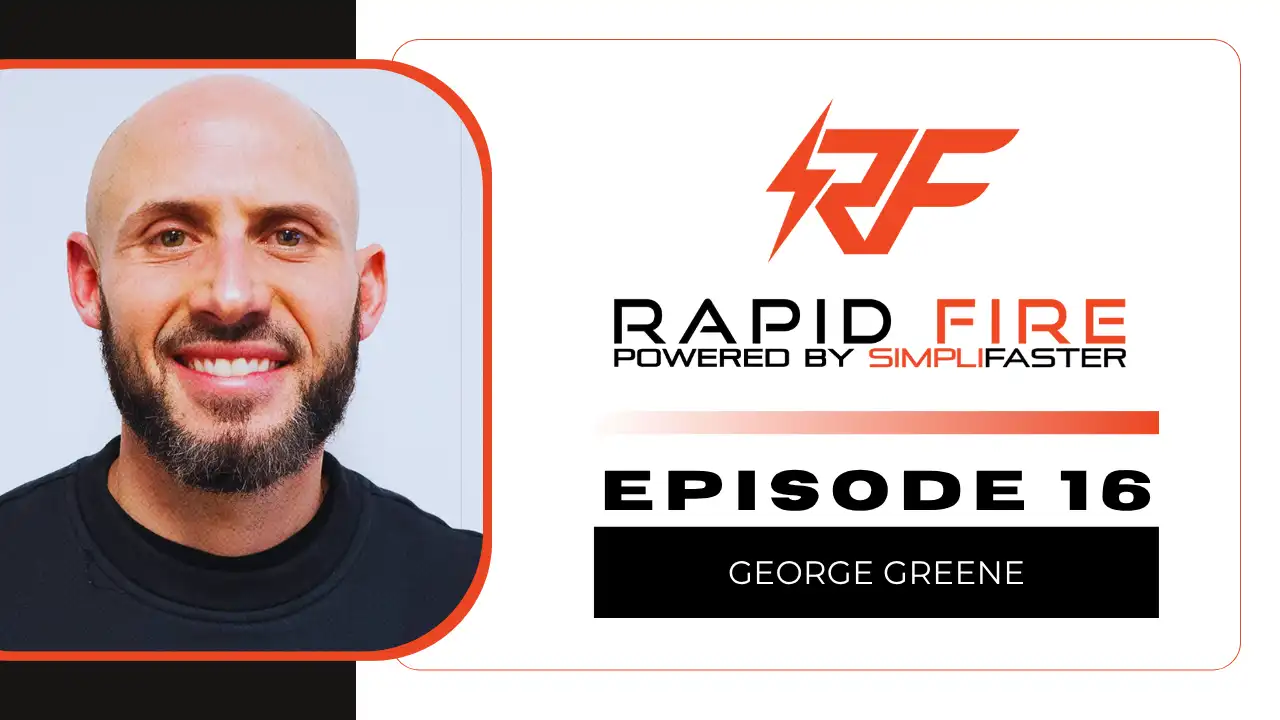[mashshare]

General Running Adaptations
Running economy is not an innate ability but must be developed through coordination skills and then refined by more advanced training. Over time, a functional coordination pattern replaces the generalized one, the number of muscles activated decreases to only the necessities, and energy cost reduces.
Beginner endurance athletes initially have a steep learning curve as they acquire general fitness just by putting in miles, regardless of how those miles are structured. When a non-athlete first begins a training program, significant neuromuscular adaptations occur to create basic coordination which lays the foundation for biomechanical efficiency (running economy).
Running economy is defined as “the steady-state oxygen consumption at a given running velocity.” (Bonnacci, et al. 2009). In other words, better running economy equates to a more efficient use and recycling of oxygen during a workout. There is a direct correlation between running economy and performance; improving economy through training has a positive effect on performance.
To develop the most efficient mechanics possible, we must create optimal muscle recruitment patterns. This conserves the greatest amount of energy used per stride. Well-trained, advanced runners have extremely refined muscle recruitment patterns compared to novice athletes. Positive adaptations to training are a function of a learned response where the body acquires specific movement patterns linked with ideal task completion.
As a runner masters the skill in practice through repetition, they experience an observable decrease in muscle activation, recruitment of synergists, and variation in movement. In other words, even the most complex skill will form the simplest, most efficient muscle activation pattern.
Adaptation Considerations for Triathlon Events
The muscle adaptations required for swimming are much different than those of biking and running, and biking and running are just as dissimilar to each other. The lower body recruitment patterns don’t necessarily follow a transfer of learning gradient because the bike requires primarily concentric action while the run is eccentric-to-concentric.
As a result, there is a bit of interference between the demands of the two. The neuromuscular system must quickly adapt to this transition to avoid loss of stored elastic energy. Triathletes should train for both the eccentric and concentric demands of the sport to maximize overall efficiency.
Lower leg muscle stiffness improves elastic energy turnaround and running economy. Share on XIncreasing muscle stiffness improves elastic energy turnaround and running economy because lower leg stiffness has a direct relationship to running economy. Carefully designed strength training regimens can help prepare the body for the eccentric and concentric demands of impact by developing muscle and tendon stiffness.
It takes time to develop leg tendon stiffness. Using balance, coordination, and impact plyometric exercises can help. The stages of learning apply to this type of plyometric training since a significant amount of neural adaptation is required to perform the exercises with great efficiency.
Plyometric exercises directly transfer learning and recruitment patterns to a triathlon’s biking and running events. The transfer occurs because the amortization (absorption of impact) phase is ideally kept as short as possible in both plyometrics and the triathlon events. Younger and more novice athletes have notoriously long amortization phases and ground contact times. With training, especially speedwork and plyometric drills, this naturally shortens to the most economic mechanics for the given distance.
Since you’re here…
…we have a small favor to ask. More people are reading SimpliFaster than ever, and each week we bring you compelling content from coaches, sport scientists, and physiotherapists who are devoted to building better athletes. Please take a moment to share the articles on social media, engage the authors with questions and comments below, and link to articles when appropriate if you have a blog or participate on forums of related topics. — SF
[mashshare]
References
Bonacci, J., A. Chapman, P. Blanch, and B. Vicenzino. “Neuromuscular adaptations to training injury and passive interventions: implications for running economy.” Sports Medicine 39(11) (2009): 903-921.
Magill, Richard and David Anderson. Motor Learning and Control: Concepts and Applications. 10th ed. New York: McGraw-Hill Education, 2013.




